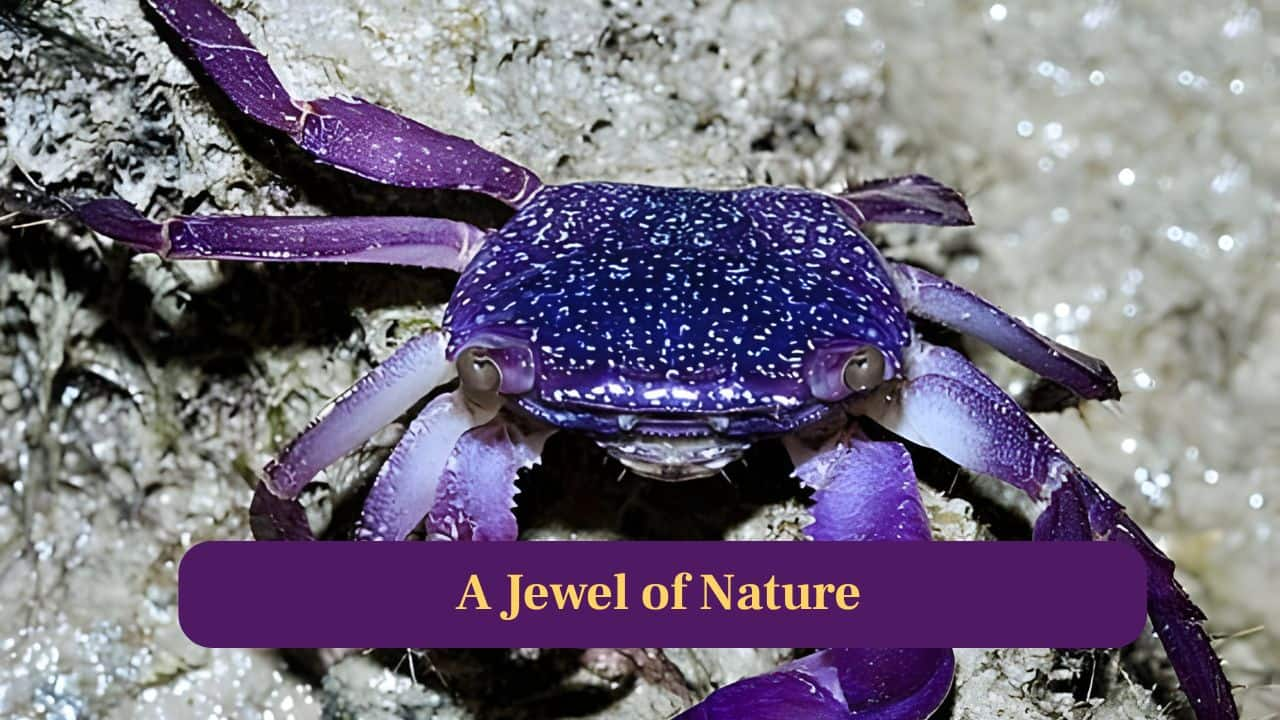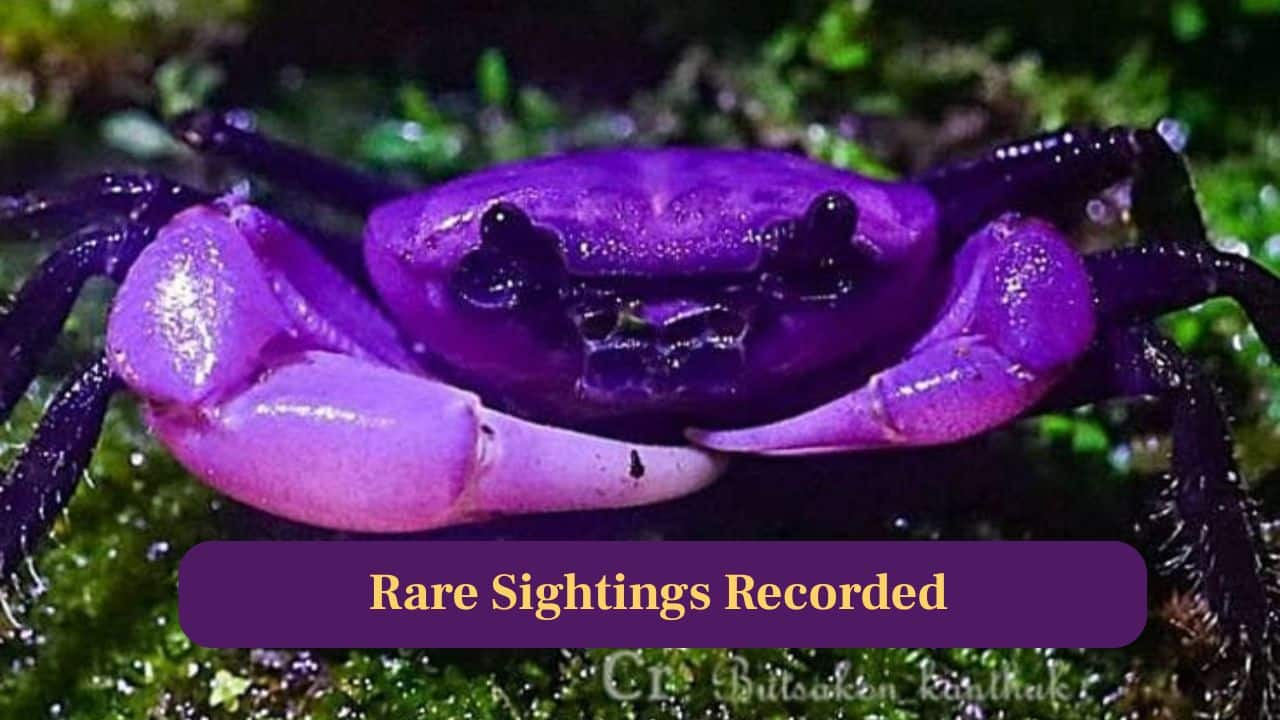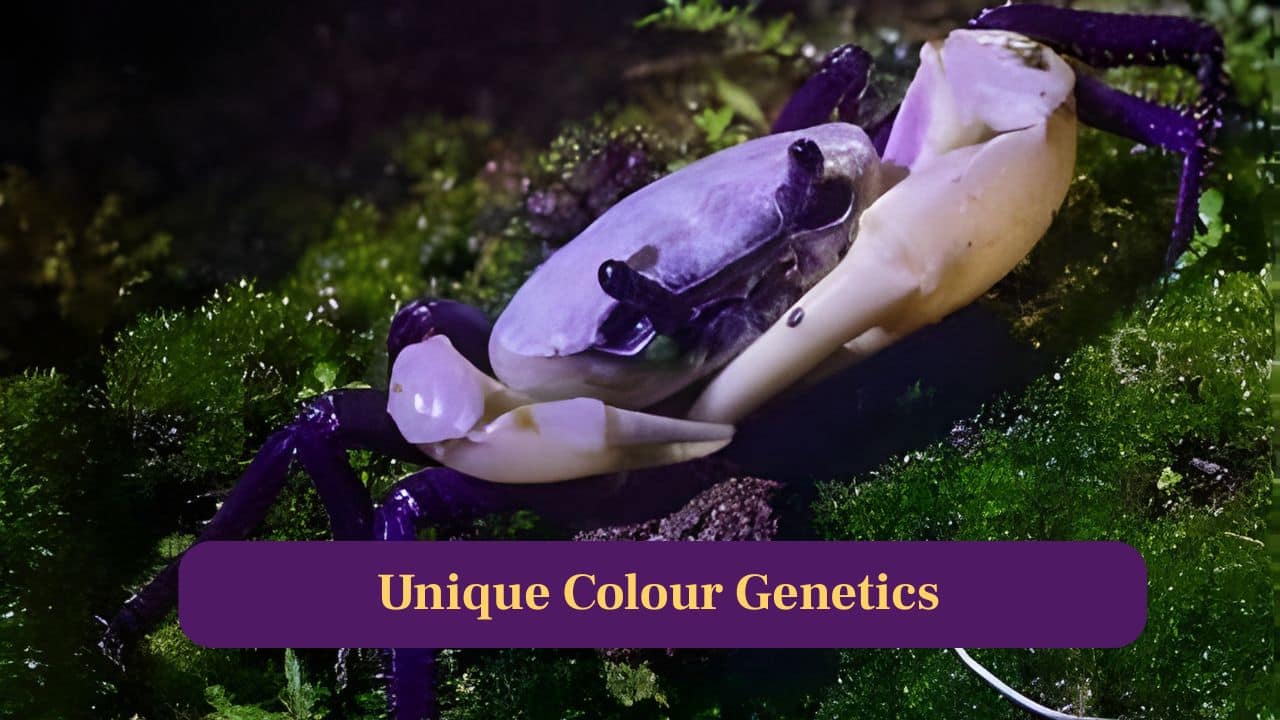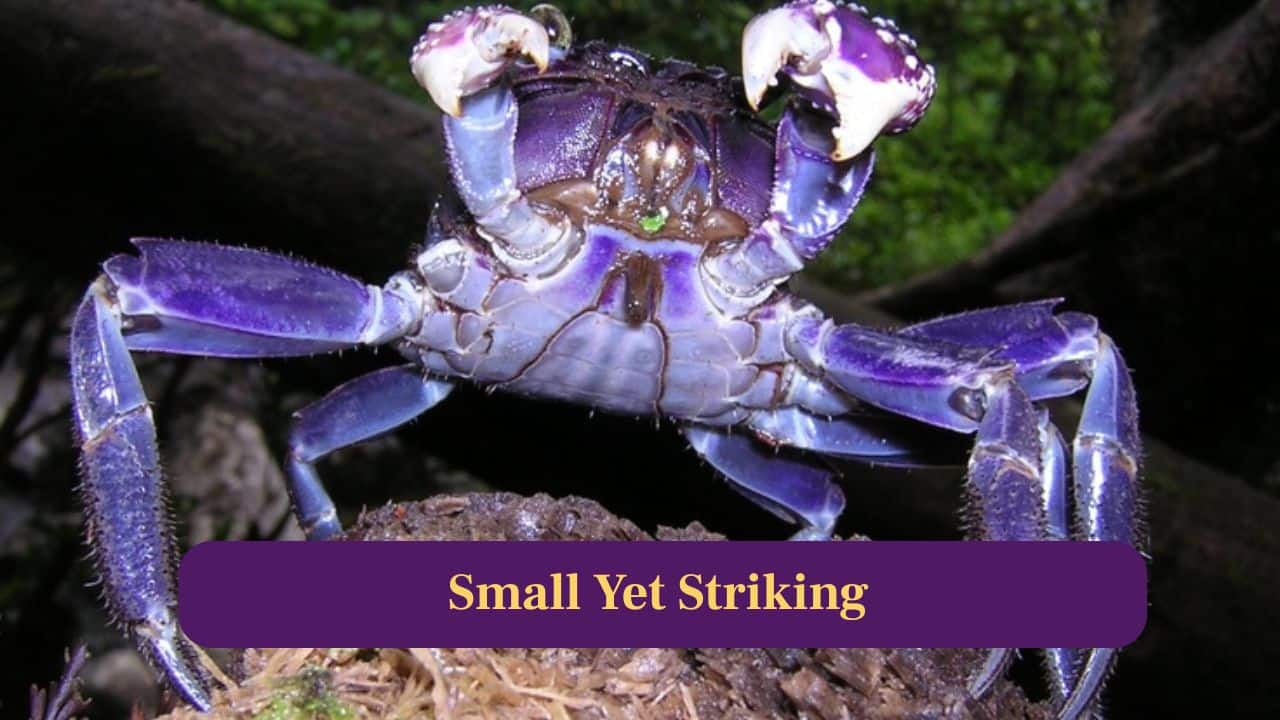Trending Topics:
- Blood Moon 2025
- Potoo Bird
- Cosmic Butterfly in Space
- Jupiter Juno
Purple Princess Crab: Meet one of the rarest and most stunning crustaceans
The Purple Princess Crab is one of the ocean’s rarest and most breathtaking crustaceans, admired for its vibrant purple shell, elusive nature and captivating beauty.
1/10

1. Purple Princess Crab: This dazzling crab species stuns marine biologists with its brilliant purple shell, delicate markings, and exceptionally rare appearances in coastal habitats worldwide. (Image: Canva)
2/10

2. Jewel of Nature: Its vibrant purple coloration makes it resemble a living gemstone, earning admiration from researchers and ocean lovers fascinated by unique marine beauty. (Image: Canva)
3/10

3. Rare Sightings Recorded: Purple Princess Crabs are incredibly elusive, with only occasional sightings reported, making each documented encounter scientifically valuable and globally celebrated. (Image: Canva)
4/10

4. Unique Colour Genetics: Its stunning coloration arises from rare pigmentation genes, producing deep violet tones unlike any other known crab species discovered so far. (Image: Canva)
5/10

5. Small yet Striking: Despite its compact size, this crab captivates attention immediately, proving magnificence in nature does not always require large or imposing proportions. (Image: Canva)
6/10

6. Habitat: These crabs prefer shaded coastal rock crevices, hiding in moist spaces where their colors glow beautifully under filtered natural sunlight conditions. (Image: Canva)
7/10

7. Gentle Movements: Scientists describe the crab’s movement as graceful and controlled, giving it a distinctive charm uncommon in many crustacean species worldwide today. (Image: Canva)
8/10

8. Feeding Habits: The crab is believed to feed on algae, small organisms and marine debris, contributing meaningfully to coastal ecosystem balance and stability. (Image: Canva)
9/10

9. Symbol of Marine Beauty: The Purple Princess Crab symbolizes untouched marine wonder, reminding the world of unexplored species thriving quietly in hidden underwater corners. (Image: Canva)
10/10

10. Conservation: Marine experts express growing curiosity regarding this species’ status, prompting further study to determine population health and conservation needs moving forward. (Image: Canva)
Discover the latest Business News, Budget 2025 News, Sensex, and Nifty updates. Obtain Personal Finance insights, tax queries, and expert opinions on Moneycontrol or download the Moneycontrol App to stay updated!






